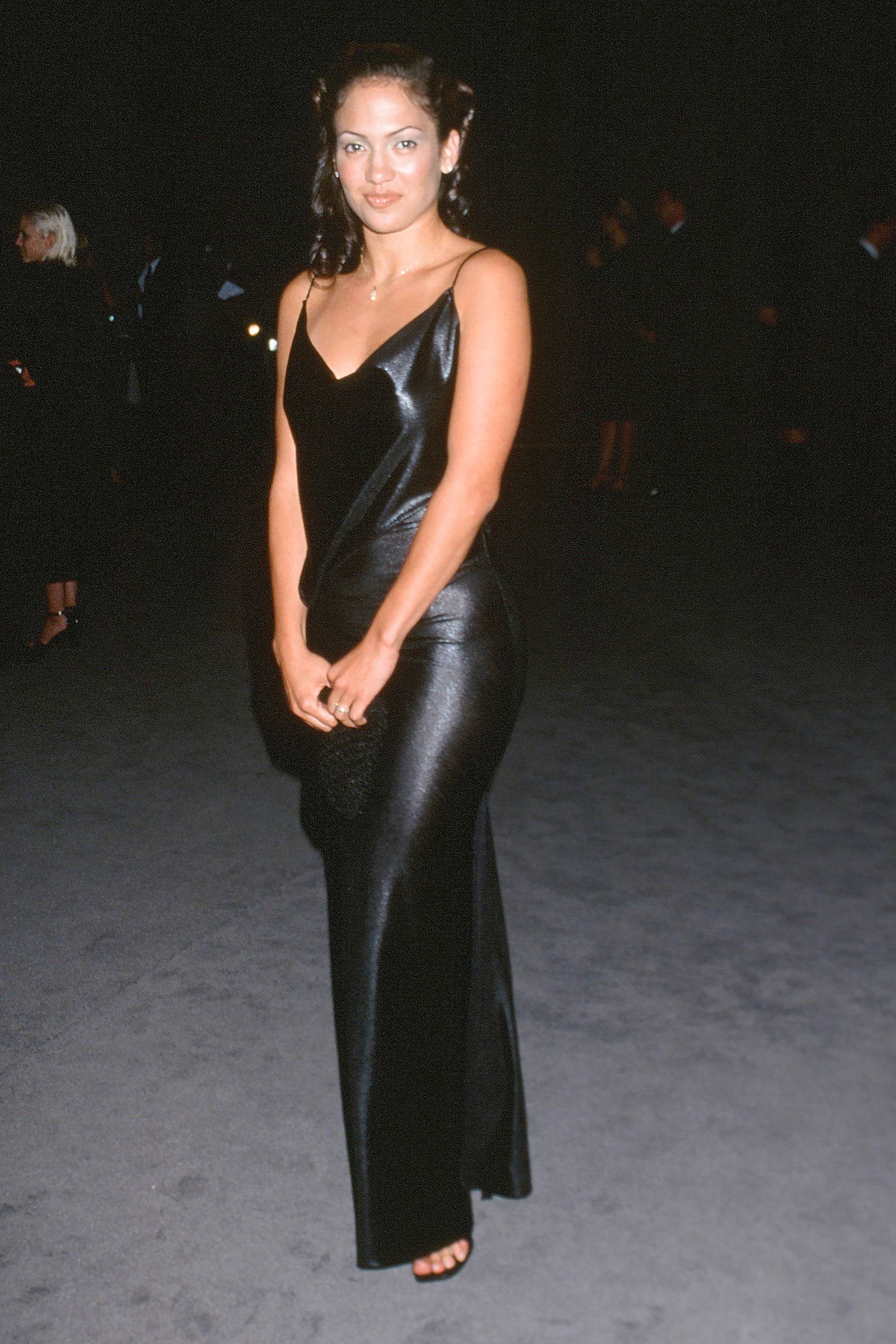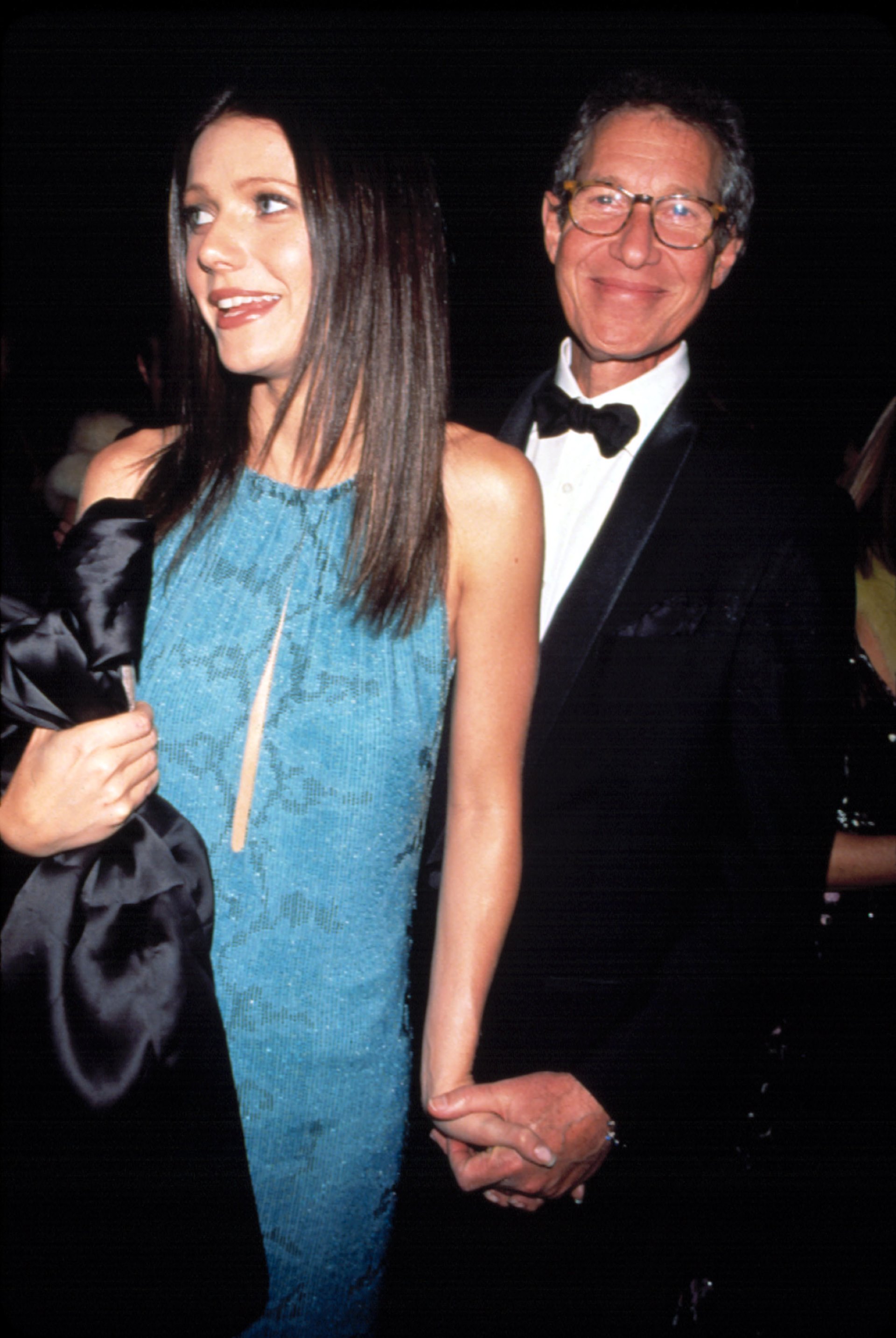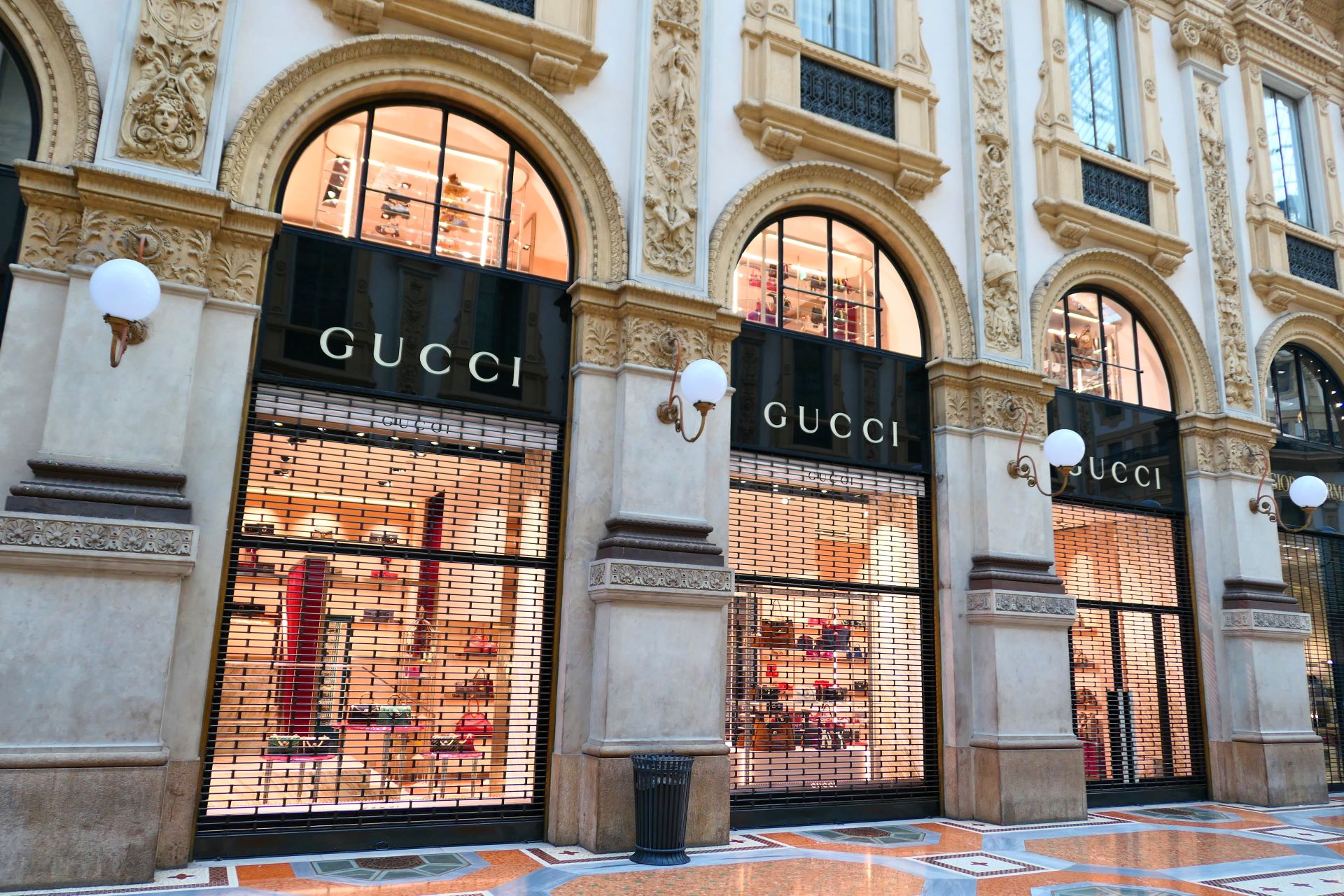
From Savoy to Aria: Guccio Gucci’s legacy and the timeless allure of Gucci's century-long journey
Gucci is the brand everyone wants to own. It is not just a piece of clothing or an accessory you buy there; you also buy style, statement and status. As this fashion empire celebrates its centenary in 2021, it continues to be the object of desire through the consumer’s eye, all thanks to its founder and creative brain Guccio Gucci. He was the one who had the courage and the vision to start the brand but passed away before seeing its most successful times. Now let yourself indulge in the life of the brand’s founder, Guccio Gucci.
Early life and inspiration
Guccio Gucci was born in 1881 in Florence to an Italian family. His father was a humble merchant selling bags, belts and accessories. However, when Guccio was 17 they went bankrupt and Guccio decided to move to London, the centre of one of the biggest empires at that time. He started working at the Savoy Hotel as a dishwasher. Starting from the bottom, he worked his way up in order of waiter, bellhop, concierge and finally elevator assistant. Being an elevator assistant at the beginning of the 20th century at Savoy Hotel was a prestigious job, although it might not seem as such today.
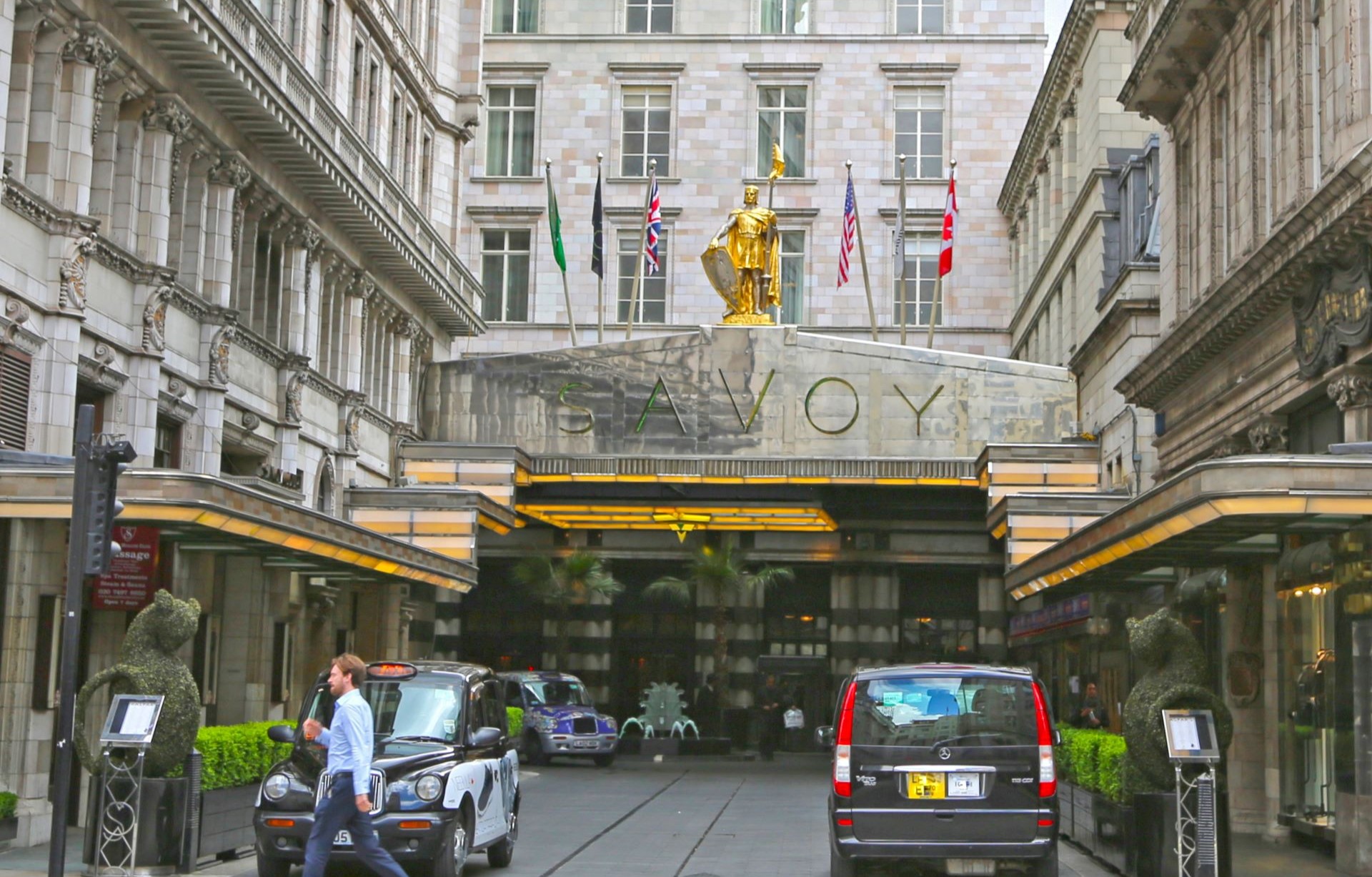 Savoy Hotel
Savoy HotelSavoy Hotel was hosting the elite and the famous such as Claude Monet and Winston Churchill and it was the first hotel in Europe to have an electric elevator at that time. Guccio was meeting and observing the taste of many upper-class members. While carrying their luggage, one thing he noticed was that the bags those people used were more than a necessity, they were status symbols and their owners appreciated good quality, no matter what the cost was. After Savoy Hotel, he worked 4 years at an upscale European Rail company which increased his experience with luxurious travelling lifestyles and handbags.
Meanwhile, he got married but he was forced to join World War I as a soldier. He was lucky enough to come back alive. Once he was back, he found employment at Franzi, a reputable manufacturer of fine luggage. This role allowed him to expand his knowledge of high-quality luggage craftsmanship.
The foundation of the Gucci fashion house
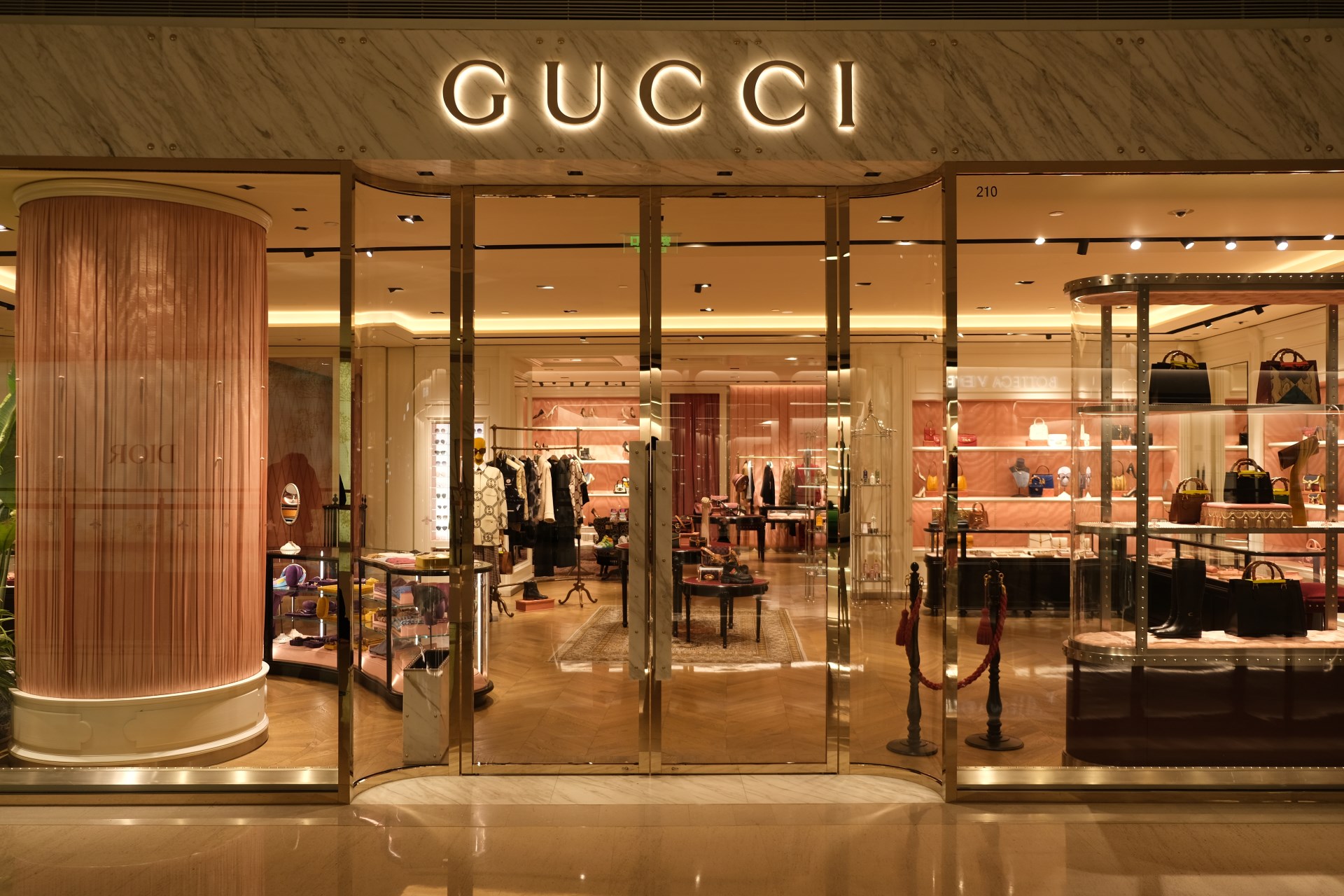 Gucci Store
Gucci StoreIn 1921 he took a leap of faith and opened the very first Gucci store in Florence called Valigeria Guccio Gucci, later shortened as Gucci. The store was offering leather handbags from suppliers in Tuscany, Germany, and England.
The first years were hard for the company, as the profit was low and it was hard to make ends meet, although they were getting popular among tourists. To get more customers’ attention Guccio lied about their family history. He claimed that their roots traced back to Florence’s wealthy Medici family and alleged that the Gucci family once made saddles for Italian royalty. In reality, Guccio’s father was an unsuccessful merchant. Guccio’s daughter also later shared that they were never saddle makers. However, it did not change the fact that Gucci was a high-quality bag producer and the business kept growing.
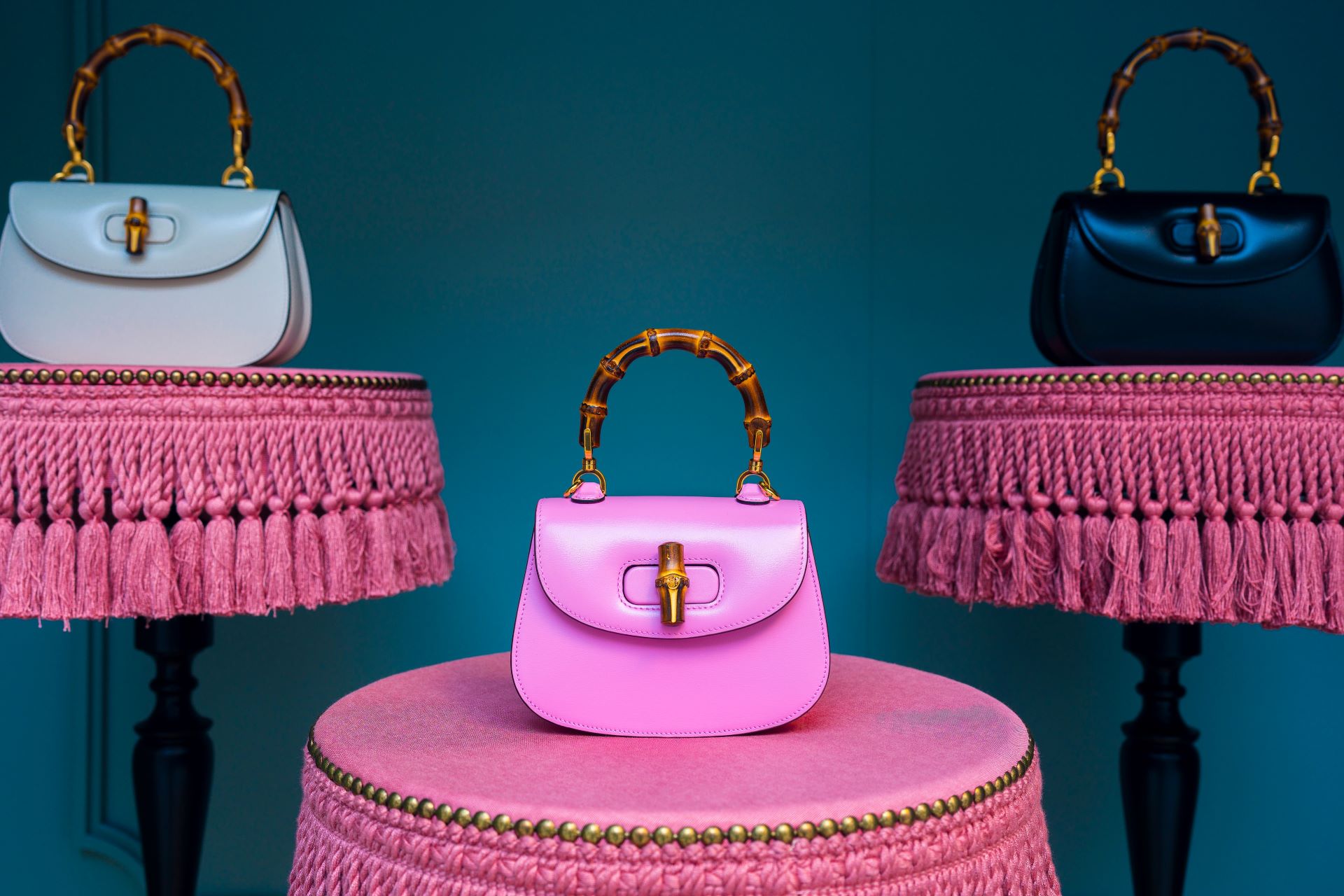 Gucci bags
Gucci bagsAfter working with suppliers for a while, Guccio grew tired of suppliers’ high prices and leather shortages. He opened his workshop and started making the products that distinguished Gucci from other brands.
Iconic designs and signatures
Gucci is famous for its high-quality products that give its customers the feeling of luxury and status. However, there are a few specific things that are recognised as Gucci's signature design. One of the iconic designs emerged during the 1930s when Guccio’s son Aldo designed the double G logo that now embellishes all Gucci belts and other accessories of the brand.
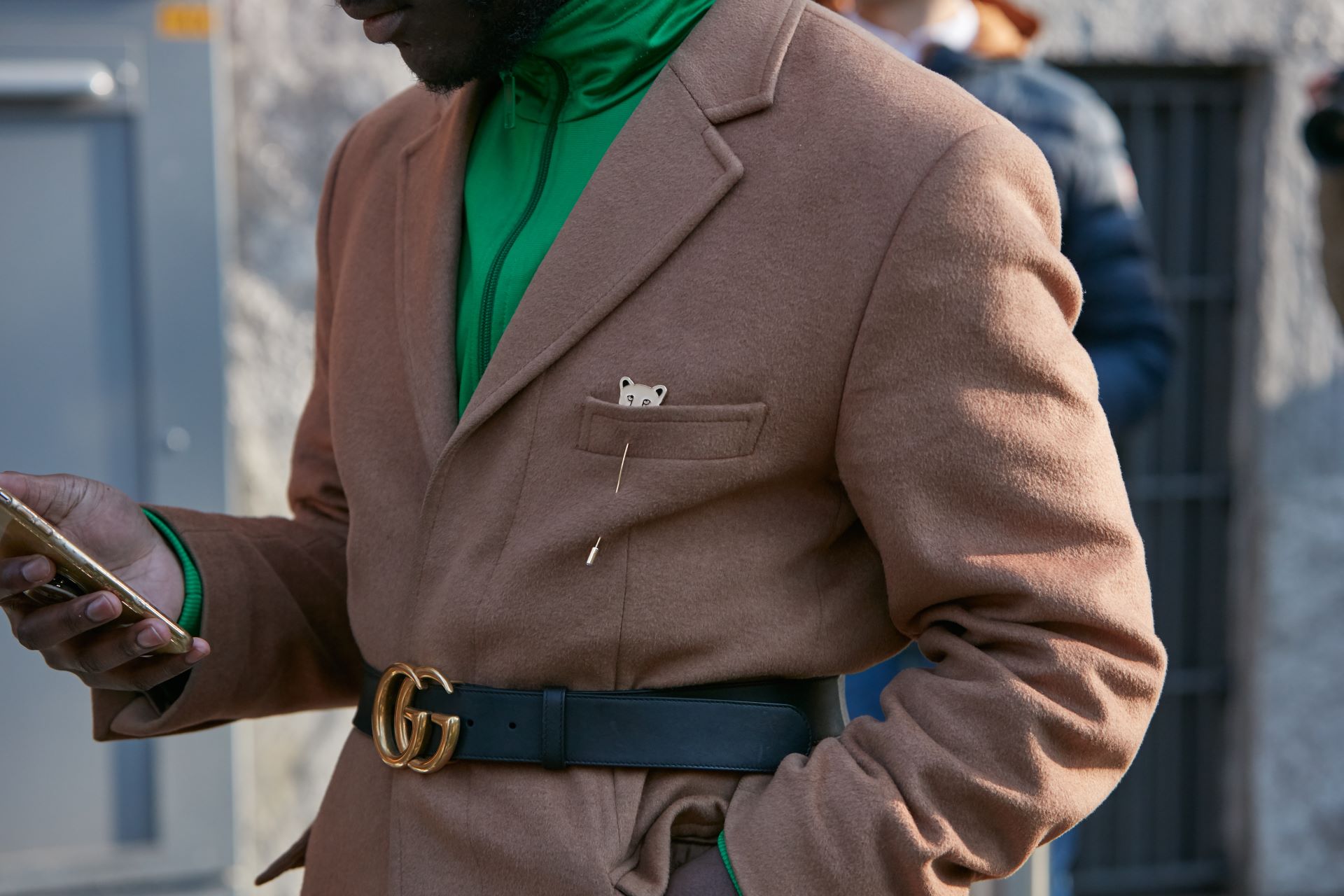
During World War II, there was a League of Nations embargo against Italy, and Gucci could not get enough leather supplies outside of Italy. This led Guccio to change his bag designs. He started using canvas for the main parts of the bags and leather for the straps and corners. He continued with starting to produce other accessories like belts, wallets and shoes because bags were not very popular during the war. His loafers were the first in the world to have a gilded snaffle.
The Gucci family was innovative. They kept adding new qualities to the bags they produced. Hemp and pigskin were also used as material, and bamboo bag handles were introduced.
Gucci after Guccio’s death
Aldo was determined to expand the company. He set his eyes on the United States and opened a store in New York without getting his father Guccio’s approval. In 1953, two weeks after the opening of the New York store, Guccio passed away at age 72 from a heart attack, while going to the cinema. With his testament, he left the company to his sons Aldo, Rodolpho, and Vasco, by giving them all equal shares. On the other hand, his daughter Grimalda was given nothing.
Grimalda took this issue to court and demanded a share in the company. However, her demand was rejected. About 30 years later, in the 80s, it is known that Grimalda’s nephew Maurizio Gucci paid her 5 million Italian lire a year for her work as “a designer.” But she is never given legal ownership of the company despite being Guccio’s daughter.
As the company was divided into three sons, every one of them took a different responsibility. Aldo continued expanding the company, Rodolpho managed the Milan store, and Vasco ran the factory in Florence. The company gained worldwide attention from world-famous stars such as Sophia Loren, and Elizabeth Taylor. Even the royals such as Queen Elizabeth and Princess Grace of Monaco wore Gucci.
Gucci today
Today, there are no members of the Gucci family involved in the Gucci brand. All of them sold their shares to a bigger company called Investcorp. In 1994, Investcorp promoted Tom Ford from designer status to creative director and Ford gave the brand a fresh, new look. He helped keep up with changing fashion dynamics and added the sex appeal to the brand.
In 2004 Ford quit and Italian designer Alessandro Michele was appointed as the new creative director. 2021 was the 100th anniversary of the brand. The centenary collection Aria created by Michele was etched in everyone’s memory. Michele described the runway show as “a birthday party”.
In 2023, the current owner of the brand, luxury group Kering, appointed former Valentino designer Sabato De Sarno as creative director of Gucci and now he is carrying the torch Guccio Gucci lit over a hundred years ago.
Guccio Gucci's vision, courage, and passion ignited a legacy that transcends generations. Today, under the ownership of luxury group Kering, Gucci stands as a testament to the enduring power of iconic design and the perpetual allure of the Gucci lifestyle. The brand's journey from its founder's humble beginnings to its current status as a global fashion powerhouse is a story of inspiration, innovation, and everlasting style.
Want to read more from us? Check out our editor’s picks of exhibitions to see around the world.
Photo Credits: © Shutterstock

